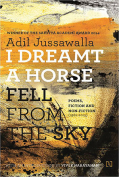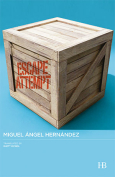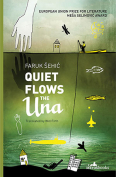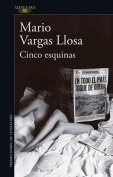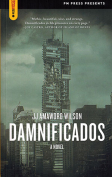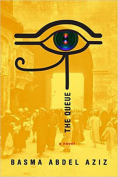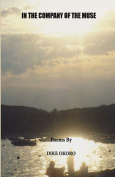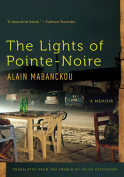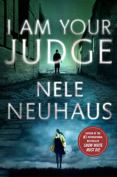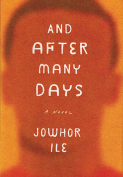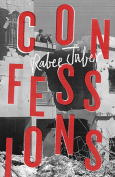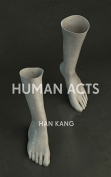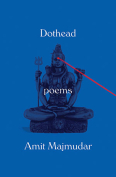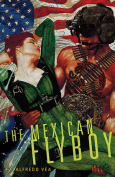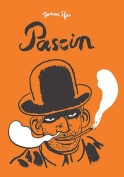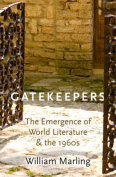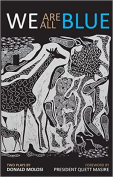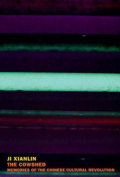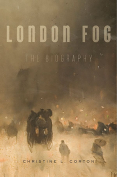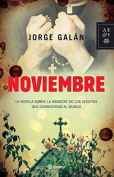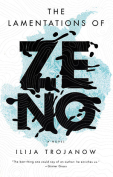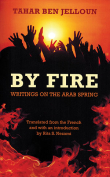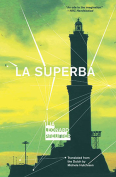Damnificados by JJ Amaworo Wilson
 Oakland, California. PM Press. 2016. 274 pages.
Oakland, California. PM Press. 2016. 274 pages.
It is said that historians provide accuracy while artists provide truth, which can be best illustrated by the novel Damnificados. According to author JJ Amaworo Wilson, the novel is based on the true story of the Tower of David in Caracas, Venezuela—an unfinished and empty building later taken over by a group of homeless families (the damnificados who give the book its title) and turned into a thriving community. Wilson takes this real-life story and molds it into a fantastic fable about the collision between the haves and the have-nots in a fictional South American city. The difference is this: the tower was depicted in the documentary TV series as a haven for criminals, but in the novel it becomes more of a sanctuary for the oppressed class, the damnificados who are the damaged and wounded victims of life’s effluvia—they are everywhere.
The book starts with Nacho leading his band of outsiders into the tower. Nacho is a teacher, steeped in the lore of ancient books like The Epic of Gilgamesh, who tells stories to understand the world. Despite his disabilities, his stories are stories of hope, inspiration, and rebuilding. He is Moses preparing his people for the trek in the wilderness. His brother Emil, the pragmatist, arrives at the tower in a boat, weathering a torrential rain that almost wipes out the damnificados.
When the evil Torres brothers who control the political, economic, and military power of the city decide to drive away the homeless from the tower, the Trash War breaks out. The damnificados use their combined strength and unorthodox faith to organize themselves and to outwit the powerful evil that threatens their survival.
The end of the novel is not a dispersal of victory for the damnificados but a diaspora of hope: “There’ll be other towns and other places to call home.” The epoch of the tower becomes history when it is swallowed by a sinkhole.
Damnificados is a great read. Two-headed beasts, biblical floods, dragonflies to the rescue, massacres involving multilingual ghosts, and a trash truck acting as a Trojan horse—magical realism threads through this very human struggle. Wilson introduces archetypes of hope and redemption that are also deeply familiar—true love, vision quests, the hero’s journey, even the possibility of a happy ending. In this sense, the novel can also be read as documentary literature, which illustrates and predicts that social justice will prevail in the end.
Yang Jing
Nanjing Normal University

